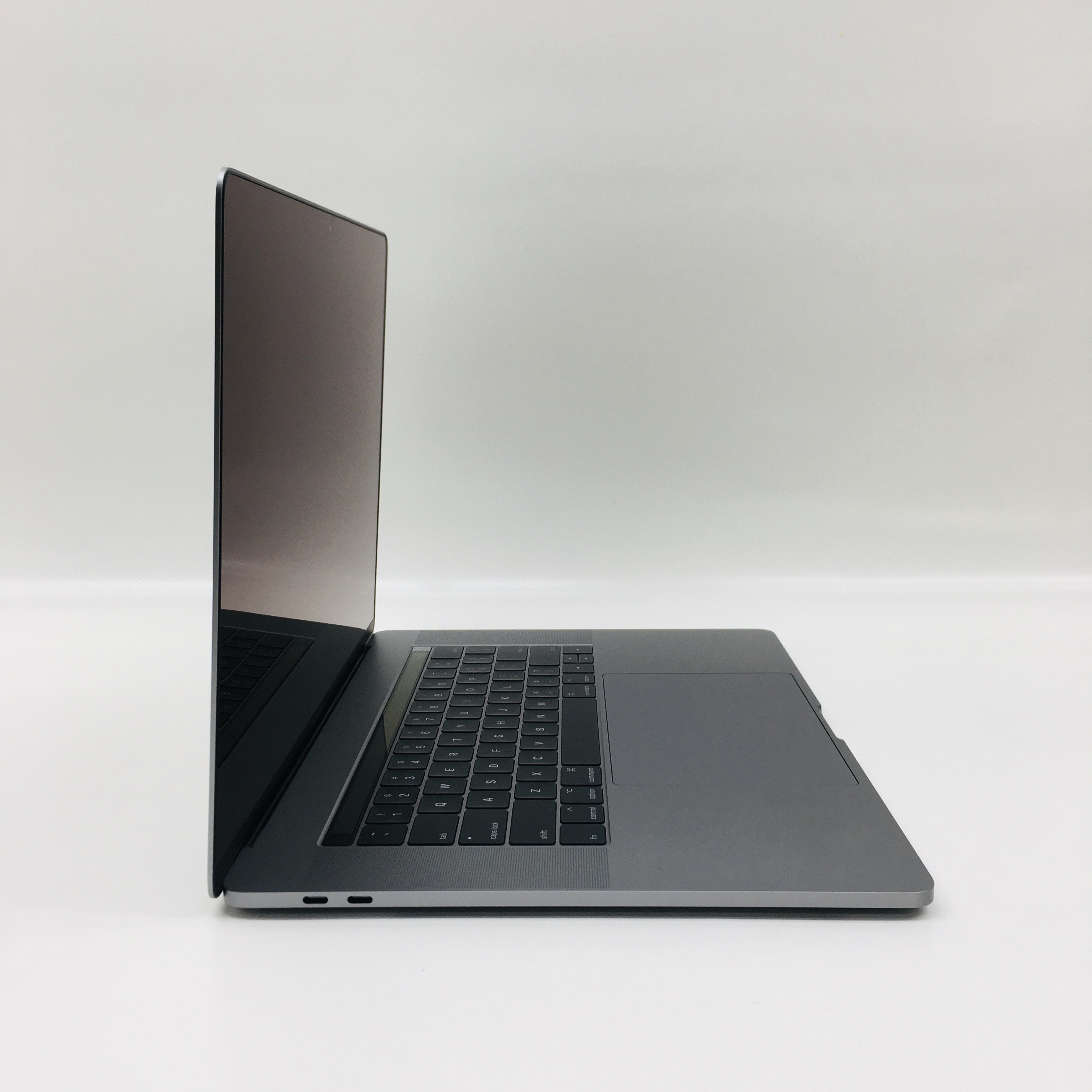

In the user's defense, they're not entirely wrong.

Users complain about the expense of dongles to adapt, and Apple's lack of consideration for users in moving to the new connector. There remains a great deal of gnashing of teeth about Thunderbolt 3. By contrast, the fastest 2017 Macbook Pro takes 40 seconds for the same task. This is further proven by BruceX, a Final Cut benchmark in which the 2015 5K iMac with practically the same CPU performance but faster graphics takes 27 seconds to complete. When working with effects or animations, the CPU sits at about 30-50 percent usage while the graphics card is maxed out. We have been using the 2016 Macbook Pro for video production since launch and the bottleneck has always been graphics capabilities. The 2017 iMac attains nearly three times higher OpenCL scores at 117,742 compared to 42,990 for the MacBook Pro.

Comparing Geekbench 4 scores to the latest fully-upgraded 5k iMac, the 2017 Macbook Pro CPU keeps up quite well but the Radeon Pro 560 is miles behind the Radeon Pro 580. While faster processors are nice for those editing video or performing other graphics intensive tasks, the graphics card is more of a limitation. We also tested Unigen Heaven, a 3D graphics benchmark, with the older model getting a score of 461 with 18.3 frames per second, while the 2017 15-inch Macbook Pro with 560 graphics rated 468 and 18.6FPS. Geekbench 4's OpenCL graphics test showed almost identical scores for both machines. In these cases, the on-board graphics are a hair faster, but nothing notable. Like previous models, macOS can automatically activate and switch to the dedicated GPU when necessary and fall back to integrated graphics to save energy. Roughly, the 555 at the low-end is analogous to the 455 in the higher end of the store-available 2016 MacBook Pro, and the 560 is about the same as the 460.

It's been replaced by the 1.5Tflop 555 in the base configuration, with the 1.9Tflop 560 at the high end. The 1 teraflop Radeon Pro 450 is gone in the "low end" of the 15-inch MacBook Pro. The 450, 455, and 460 shipped in the 2016 iteration, and the 555 and 560 ship in the 2017 model. New with the 2017 model are the 500-series of Radeon Pro GPUs. Renumbered GPUs don't mean an enormous up-tick in performance Users needing a 32GB model will need to wait for a possible redesign to use the more power-hungry RAM, or for Cannon Lake processors to ship, at some point in late 2018. However, LPDDR3 has little in common with its desktop progenitor, and is limited to 16GB by spec and design. At 16,426 points, the multi-core score almost matches the 16,975 points of the Skylake 4.0Ghz i7 CPU, which was the best processor option available with the late-2015 5K iMac.Īs far as rumored 32GB configurations go - Kaby Lake can also support more than 16GB of DDR3 and DDR4 RAM. The CPU improvements are two-fold - there is a slight gain in performance because of the architectural improvements, but the bigger gain is because the processor runs cooler, and a frequency boost was possible.


 0 kommentar(er)
0 kommentar(er)
